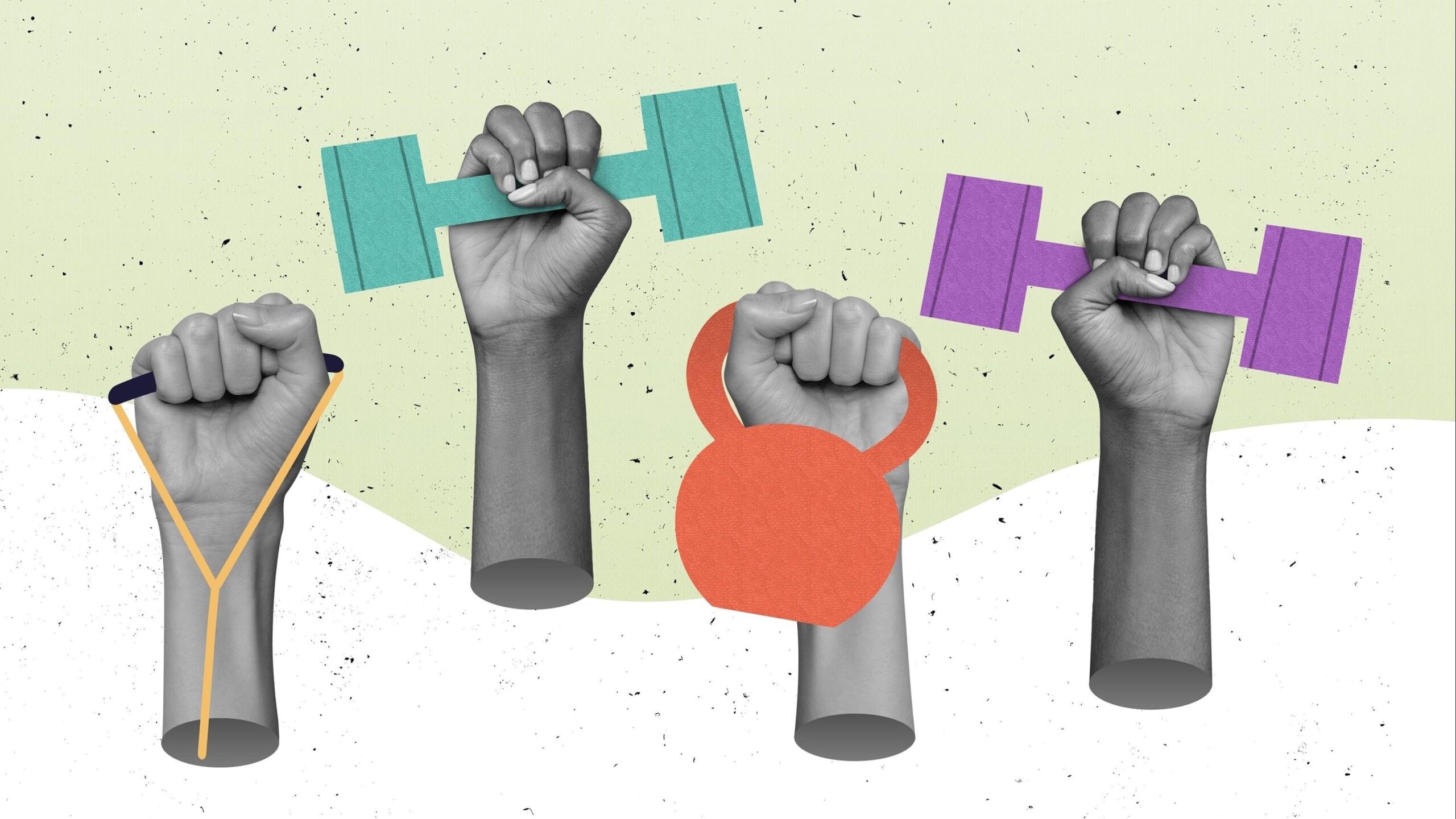Traditional productivity metrics are used by many companies to assess the value that employees bring to the organisation. These tangible, quantifiable and results-based measurements include work quality and output, efficiency and the number of projects completed on time and on budget. Some managers rely solely on these metrics to determine promotions, salary increases and performance bonuses.
However, some companies and managers may take this too far. It becomes problematic when the number of hours an employee works or is available is seen as a measure of productivity and, therefore, their value to the firm. Take the recent example of Baidu’s former head of public relations Qu Jing. After videos of her glorifying an always-on, work-till-you-drop culture – including statements such as “don’t expect weekends off” and “keep your phone on 24 hours a day, always ready to respond” – were made public, she faced intense backlash, with many describing her management style as toxic. Qu eventually issued a public apology and was reportedly fired by the Chinese tech giant.
Qu seems to have failed to understand that employee well-being is a critical – but sometimes overlooked – factor that drives both productivity and performance. To truly reap the benefits of an engaged and motivated workforce, organisations need to broaden their definition of productivity to account for their employees’ mental and physical health.
Building both wealth and well-being
Much of my research revolves around designing and leading teams to pursue the dual objectives of wealth and well-being. The idea behind this is to combine instrumental goals – such as making money for the company – with the physical and psychological well-being of the people within the organisation.
This is how some of the best companies and leaders are rethinking productivity: They are not focusing on either wealth or well-being, but both wealth and well-being. There is a certain logic behind this. Increasingly, the performance of employees, and hence the organisation, depends on individuals engaging fully with one another and their tasks at work. Focusing on traditional productivity metrics alone is detrimental because it can come at the expense of employee well-being. And if employees struggle on this front, it will affect their output and performance.
For a company to succeed, employees need to feel like they are in an environment where they can do their best work. If individuals are under immense stress or are close to burnout, their state of mind will hardly be optimal. They may second-guess themselves and refrain from sharing their ideas, questions or concerns with their colleagues. Collaboration will also suffer as employees do not feel psychologically safe enough to engage with others, thus hurting company performance.
Psychological safety is a shared belief that team members can express their ideas, questions and concerns and not be embarrassed or ostracised. This is something I’ve been researching with Amy C. Edmondson of Harvard Business School, including a study where we looked at drug development teams from six large pharmaceutical firms. Like many of today’s global organisations, the teams were diverse, consisting of people from different backgrounds and with varying functional expertise. We found that the presence of psychological safety not only improved individual well-being but also optimised team performance.
Collaboration between team members is essential for performance in fast-moving organisations where managers don’t have all the answers. Individuals need to be in a good place mentally to bring their diverse talents to the table to solve complex problems. However, if individuals are fearful – whether due to low morale, the threat of retrenchments or undue stress – they will not be able to fully utilise their cognitive and emotional capabilities. Building and maintaining an organisational environment that fosters psychological safety and prioritises employee well-being is thus a critical piece of the puzzle.
To be clear, I’m not arguing that managers should do away with traditional productivity metrics altogether or be soft on performance measures. Instead, I am suggesting a shift from an either/or mindset to a both/and approach that embraces both productivity and well-being. You don’t need to throw the baby out with the bathwater, and companies can still push people and put their feet to the fire if their performance leaves something to be desired – it just won’t be the only thing they measure to determine productivity.
The pivotal role of leaders
Leaders play an essential part in fostering a both/and workplace culture. Suppose a company solely uses traditional productivity metrics to gauge employee value. In this case, those who score high on the conventional measures of productivity will be appointed to management or leadership roles, putting them in a position to shape and enforce organisational culture.
However, employees who burn the midnight oil or outstrip their peers in delivering output and efficiency do not necessarily make the best managers. If leaders are only concerned about driving productivity in the conventional sense with no regard for the well-being of those they manage, it can hurt the organisation’s overall performance.
To ensure that the right people are in the driver’s seat, companies could consider including the mental well-being of their team members as a managerial KPI. They should also adopt a careful and considered approach when it comes to promotions. What this means is not simply promoting top performers based on conventional notions of productivity. Instead, organisations should also assess values and abilities that aren’t as easily quantified but which can contribute significantly towards building psychological safety and boosting output.
In my work with Deborah Ancona of MIT Sloan School of Management, we determined that sensemaking skills are one of the critical capabilities that effective leaders should possess. Individuals who are strong in sensemaking are open to new trends and information, enjoy learning from others and can create order from uncertainty. They realise that better methods may come from outsiders and are able to source for new information and integrate it into a cohesive framework that helps team members understand the next move.
Leaders with strong sense-making skills know that to cultivate a productive team that produces good results for the organisation, team members must be able to engage fully with their capabilities at work. They understand that when leaders and organisations truly care about the well-being of their workers, they can expect an improvement in instrumental outcomes. Importantly, they recognise what is required to create such an environment and can act on it.
Well-being as a marker of productivity
It goes without saying that individuals’ well-being will impact their work performance. However, some organisations have been slow to consider this as a marker of productivity. Perhaps they think it is harder to measure than other more easily assessable and quantifiable outputs or because they fail to understand its importance.
By shifting from an either/or mindset to a both/and approach, organisations can make better strides toward achieving the dual goals of wealth and well-being. If done well, this can not only result in a happier and healthier workforce, but also improve overall company performance.
This is an adaptation of an article published in The Straits Times.
“INSEAD, a contraction of “Institut Européen d’Administration des Affaires” is a non-profit graduate-only business school that maintains campuses in Europe, Asia, the Middle East, and North America.”
Please visit the firm link to site






